On the eve of world Human Rights day the overall scenario related to human rights is very much bleak throughout the globe with many countries burning with civil war and especially in the conflict ridden state of J&k, it has gone from bad to worse during the past twenty five years of violent turmoil.
Pertinent to mention here that the Human Rights Day is celebrated annually across the world on December 10. The date was chosen to honour the United Nations General Assembly’s adoption and proclamation, on 10 December 1948, of the Universal Declaration of Human Rights (UDHR), the first global enunciation of human rights.
In this context in contemporary world of ours , every human-being is supposed to be a global citizen, so the logic demands we must learn to behave in accordance with the international citizenship : because present is a mixture of little bit past and more future
The nature of current global context demands neither we must never act at the expense of one’s identity and keep concerns of others betterment. Logically with reference to achieving this the State is expected to be as affectionate as mother for its subjects but here in Kashmir it has acted more badly than step-mother.
Humanity in Kashmir has been brutalized ever since the nation of Kashmir started to fight for demanding its right i.e. Right to Self Determination in 1989.The state has used every form of brute force to quell the genuine struggle of masses for achieving a just solution to their dispute. When Kashmiris bid a good bye to guns and adopted peaceful ways of protests, the response from the state has been even more inhumane. Heart-wrenching stories are all alike around Kashmir – mothers wailing over their dead sons or wives mourning over their husbands killed . Wailing Kashmiri mothers and sisters mourning the aftermath of acts of the violence have become symbols of pain hit Kashmir.
While reflecting on this Inshah Malik a young intellect states –“Human rights is an ethical discourse applicable in a legal state framework, since Kashmiris have not yet exercised their rights with regards to whether this state is agreeable to them than this frame work in which we are trapped is not a mere human rights issue but a issue of genocide. All human rights abuses continue without any legal case point against it from local or international bodies and minimum response from the defunct law and order system that do not have powers to convict the rampant militarism of this occupational hegemony.”
On the other hand , India day in and day out drumbeats on planet earth that it is the biggest democracy of planet earth. But in Kashmir the behavior of state seems brutally unexplainable and this has turned Kashmir into a terrible place .Torture, Death Cycles, Fake Encounters, Rapes, Killings have defined the once beautiful valley of Kashmir since more than two decades now
We all know . Eyesight is the most precious gift bestowed to mankind from God but for people who have no sight or limited sight because of a birth defect, disease, or an accident, all of life’s experiences are dimmed and virtually meaningless. But now in Kashmir the new method of torture invented recently has been seen in fashion which smashes eyesight via pellet guns thus ruining their entire world of our youth.
In fact the tragic tales are many as we have awoken to the grim reality boys from Downtown to Baramulla losing their precious eyesight to indiscriminate use of pellet guns. .In 2010, Amir Kabir, 18, of Baramulla suffered a serious eye injury when security forces fired pellets to quell a stone-pelting mob on September. The painful story of Amir Kabir has started to gain global attention and bruising the human hearts world over. Similarly Mushtaq, a class IX student, lost an eye when he was hit by a marble hurled by a security man. A survey of 2010 by a team of doctors at Ophthalmology Department of Government Medical College had shown that at least 60 persons lost their eyesight because of the pellet guns, slingshots and tear smoke canisters used to quell the protests. Of the 60 cases, 75% were aged 16-26 years, 16% between 5-15 years, and 14% were 27-years-old or above. Ninety-five% of the victims were males.
About 43% of the victims, the study showed, could only perceive hand movements, 6.7%could see only partially, and 18.4%could see nothing with the damaged eye. Shockingly, 40% of the cases were found to be ‘open globe’, meaning the pellets had pierced the eyeball.
The study showed 29 patients were hit in the eyes by stones; 18 were hit by pellets; five by rubber bullets; six by slingshots and two by teargas canisters.
While the rest of places of world witness cycles of peace and prosperity the valley of Kashmir has been witnessing painful death cycles .Kashmir saw death cycles in 2008 and 2010 when many innocent youth were shot dead in protests. Even this year Just after the hanging of Afzal Guru , in the North Kashmir`s Watergam village near the town of Sopore, which was Guru’s home, a 12-year-old boy, Obaid Mushtaq, died of injuries after police and paramilitary troops fired tear gas shells and bullets a day earlier to disperse an angry crowd.
Naked dance of death did not stop here. On Feb 10, two youth belonging to Ganderbal, drowned in river Jhelum while being chased by security forces during protest and clashes with police, the deceased youth were 24-year-old Tariq Ahmad Bhat and 14-year-old Zameer Ahmad Dar. Several other youth lost their precious lives in different parts of Kashmir in the year 2013.
Pertinently, the results of inquiries ordered to probe the alleged gross human rights violation in the valley of Kashmir have hardly ever been fair or resulted in any meaningful conclusion which has added to the gloom and frustration among masses.
Mushtaq –Ul-Haq -Sikander, political analyst cm writer sums up the bleak reality aptly in these words –“The concept of human rights and dignity is a forgotten one in Kashmir Conflict. Since 1947 the human rights of Kashmiris particularly of the political dissidents were trampled with impunity whether by exiling, torturing or imprisoning them. Nothing has changed till now, with the difference that after the J&K state was declared a disturbed area in 1990s due to the initiation of mass armed insurgency, draconian laws like AFSPA and PSA were imposed here, that guaranteed full protection to armed and state forces to kill, torture, maim, rape and incarcerate at their own will. The discourse of human rights is unknown to Kashmiris; there are no human rights for them. To add insult to injury the denial of basic human rights and dignity was reinforced by protecting the guilty uniformed men from persecution by the rule of law. It fuels the resentment, resistance and violence against the State and till the state doesn’t rectify its blunders, political situation is never going to be stable.”
Masses and sane voices in Kashmir on the eve of World Human Rights Day 2013 question why rather than providing justice the world and Indian state is still learning of murder, torture, and “disappearances” in Jammu and Kashmir, and why violence against women and children is rising, and mass graves are still being discovered.

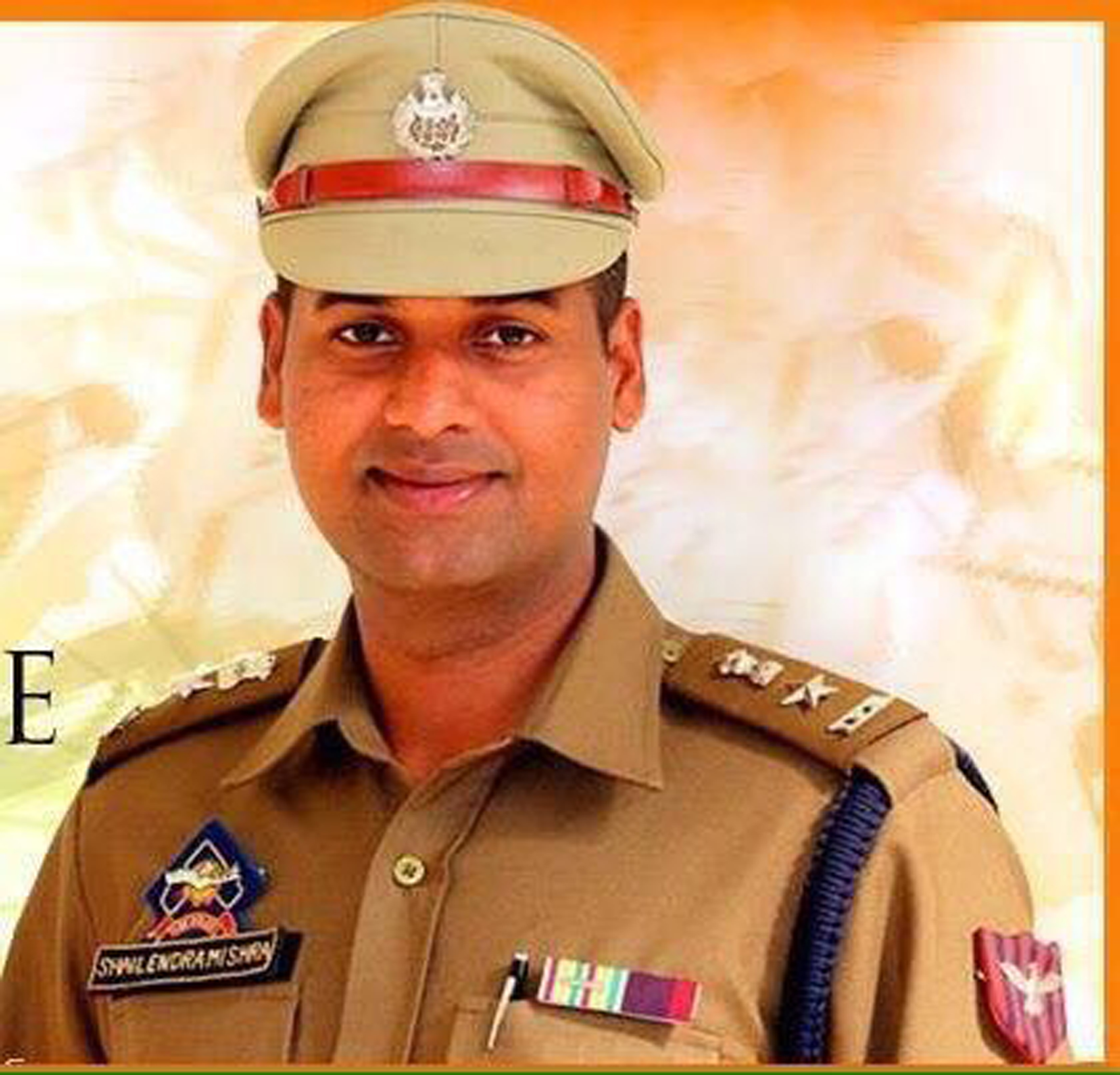
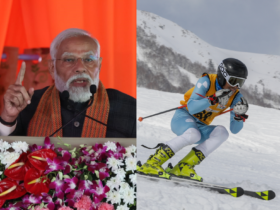
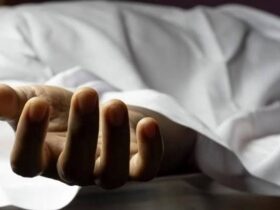
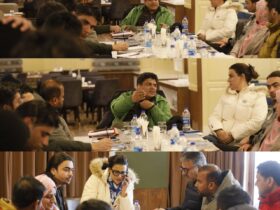
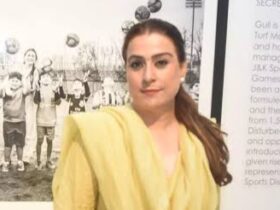
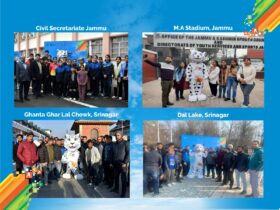
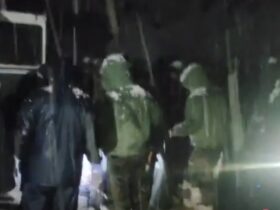
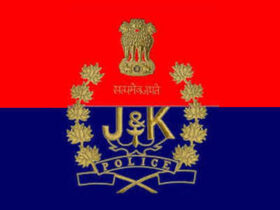
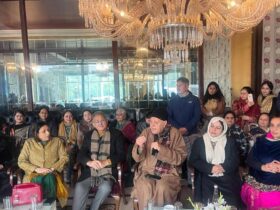
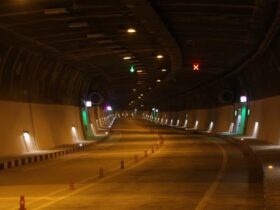

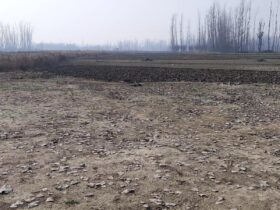
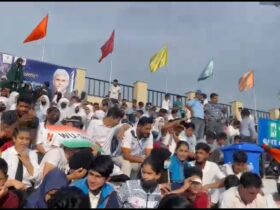

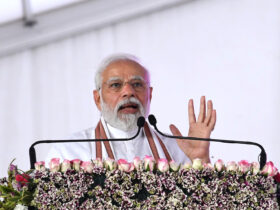
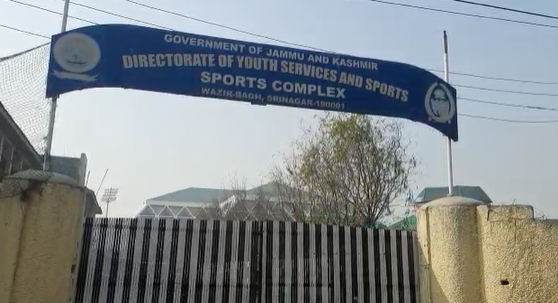
Leave a Reply